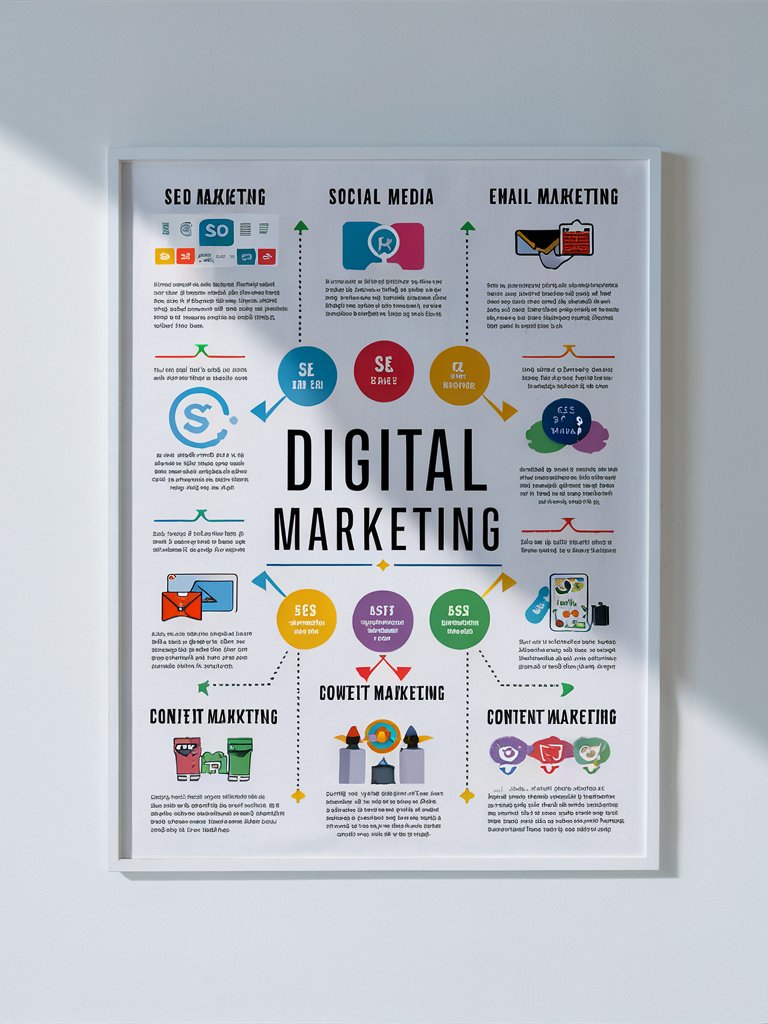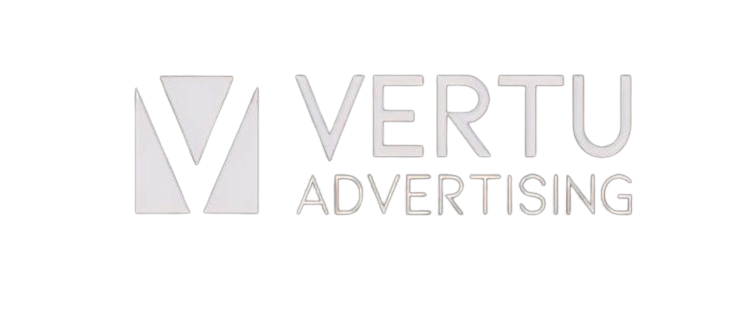In today’s fast-paced digital world, having a robust digital marketing strategy is essential for any business looking to thrive online. Whether you’re a small business owner, a marketer, or an entrepreneur, understanding the basics of digital marketing can significantly impact your success. This blog will break down the key components of a digital marketing strategy in a simple and easy-to-understand manner.
What is Digital Marketing?
Digital marketing refers to the use of digital channels, such as websites, social media, email, search engines, and mobile apps, to promote products or services. Unlike traditional marketing, digital marketing allows for targeted, measurable, and cost-effective campaigns.

Key Components of a Digital Marketing Strategy
1. Define Your Goals
- Specific: Clearly define what you want to achieve (e.g., increase website traffic by 20% in six months).
- Measurable: Ensure your goals can be tracked and measured.
- Achievable: Set realistic goals that are attainable.
- Relevant: Align your goals with your overall business objectives.
- Time-bound: Set a time frame to achieve your goals.
2. Understand Your Audience
-
- Demographics: Age, gender, location, and income.
- Psychographics: Interests, behaviors, and values.
- Pain Points: Problems or challenges your audience faces.
- Buyer Persona: Create a detailed profile of your ideal customer.
3. Conduct a Competitor Analysis
- Identify your main competitors.
- Analyze their digital presence (website, social media, SEO, content).
- Identify their strengths and weaknesses.
- Find gaps and opportunities for your strategy.
4. Choose Your Digital Channels
- Website: Ensure your website is user-friendly, mobile-optimized, and has clear calls-to-action (CTAs).
- Search Engine Optimization (SEO): Optimize your website to rank higher in search engine results.
- Content Marketing: Create valuable and relevant content (blogs, videos, infographics) to attract and engage your audience.
- Social Media Marketing: Use platforms like Facebook, Instagram, Twitter, and LinkedIn to connect with your audience.
- Email Marketing: Build an email list and send targeted campaigns to nurture leads and retain customers.
- Pay-Per-Click (PPC) Advertising: Use Google Ads or social media ads to drive traffic and conversions.
5. Create Engaging Content
-
- Blog Posts: Write informative and engaging articles relevant to your audience.
- Videos: Create videos that explain, entertain, or inspire your audience.
- Infographics: Use visuals to simplify complex information.
- Ebooks/Whitepapers: Provide in-depth information and insights on specific topics.
6. Implement and Monitor Your Strategy
- Plan: Create a content calendar to organize and schedule your content.
- Execute: Implement your digital marketing campaigns across chosen channels.
- Track: Use analytics tools (Google Analytics, social media insights) to monitor performance.
- Adjust: Continuously optimize your strategy based on data and feedback.

